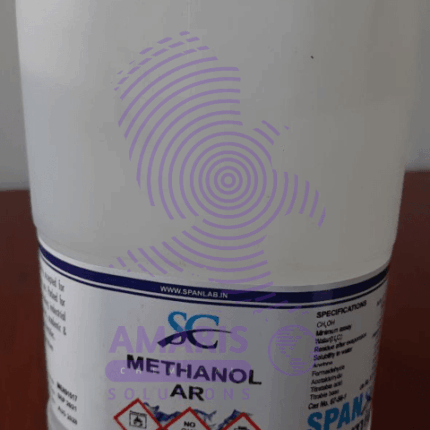
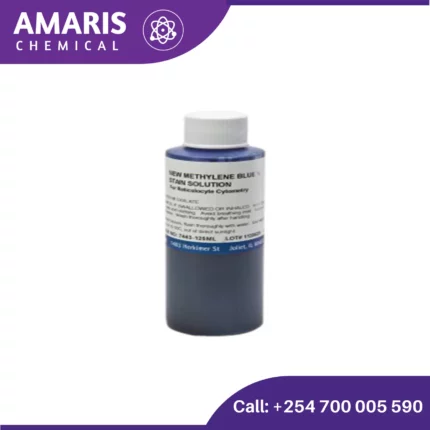
Methyl Red Solution 500ml
$4,500.00 Original price was: $4,500.00.$4,000.00Current price is: $4,000.00.
Methyl Red Solution is a pH indicator commonly used in microbiology and chemistry. It transitions from red to yellow as the pH changes from acidic to neutral or alkaline. It’s particularly useful in the Methyl Red test, part of the IMViC series of tests for differentiating enteric bacteria.
Key Features:
- Appearance: Red to yellow solution depending on pH.
- pH Range: Typically used for pH ranges of 4.4 to 6.2.
Application: Useful for detecting mixed-acid fermentation in bacterial culture
Uses of Methyl Red Solution
Microbial Identification:
It is a key component in the Methyl Red test, part of the IMViC tests (Indole, Methyl Red, Voges-Proskauer, and Citrate) used to differentiate between enteric bacteria. This test helps identify bacteria that produce stable acidic end products from glucose fermentation.
pH Indicator:
It is used to measure and indicate the pH level of solutions in various experiments, especially where a clear indication of acidic conditions is required.
Quality Control:
In some cases, it is used in quality control processes to ensure the pH of solutions is within the desired range.
Educational Demonstrations:
It is also used in educational settings to demonstrate pH changes and bacterial fermentation processes.
MAECENAS IACULIS
Vestibulum curae torquent diam diam commodo parturient penatibus nunc dui adipiscing convallis bulum parturient suspendisse parturient a.Parturient in parturient scelerisque nibh lectus quam a natoque adipiscing a vestibulum hendrerit et pharetra fames nunc natoque dui.
ADIPISCING CONVALLIS BULUM
- Vestibulum penatibus nunc dui adipiscing convallis bulum parturient suspendisse.
- Abitur parturient praesent lectus quam a natoque adipiscing a vestibulum hendre.
- Diam parturient dictumst parturient scelerisque nibh lectus.
Scelerisque adipiscing bibendum sem vestibulum et in a a a purus lectus faucibus lobortis tincidunt purus lectus nisl class eros.Condimentum a et ullamcorper dictumst mus et tristique elementum nam inceptos hac parturient scelerisque vestibulum amet elit ut volutpat.
Related products
Acetaldehyde
- Chemical Structure: Acetaldehyde consists of two carbon atoms, one oxygen atom, and four hydrogen atoms. Its structure is CH3CHO, where the carbon atom in the middle is doubly bonded to an oxygen atom and singly bonded to a hydrogen atom and a methyl group (CH3).
- Occurrence: Acetaldehyde can be found naturally in various ripe fruits, coffee, and heated milk. It is also produced by the oxidation of ethanol (alcohol) by enzymes in the liver and other tissues in humans, making it an intermediate product in alcohol metabolism.
Aceto Carmine 100 ml
Properties
- Color: Red to purplish-red.
- Solubility: Soluble in water and ethanol.
- Staining Characteristics: Stains chromatin and cytoplasmic components, providing contrast for better visualization under a microscope.
Preparation
- Ingredients:
- Carmine dye: A natural red dye extracted from the cochineal insect.
- Acetic acid: A colorless liquid organic compound with a pungent smell.
- Procedure:
- Dissolve a specific amount of carmine powder in hot distilled water.
- Add glacial acetic acid to the solution.
- Filter the mixture to remove any undissolved particles.
Aluminum Fine Powder
Aluminum Potassium Sulphate 500gm
Physical Properties:
- Appearance: Colorless, transparent crystals or white powder.
- Solubility: Soluble in water but insoluble in alcohol.
- Melting Point: Decomposes at high temperatures before melting.
Chemical Properties:
- Molecular Formula: KAl(SO₄)₂·12H₂O
- Molecular Weight: 474.39 g/mol (for the dodecahydrate form)
- Acidity: It is slightly acidic in aqueous solution.
Ammonia Acetate
Properties
- Chemical Formula: NH4C2H3O2
- Molecular Weight: 77.08 g/mol
- Appearance: White, crystalline solid
- Solubility: Highly soluble in water
- Melting Point: Decomposes upon heating

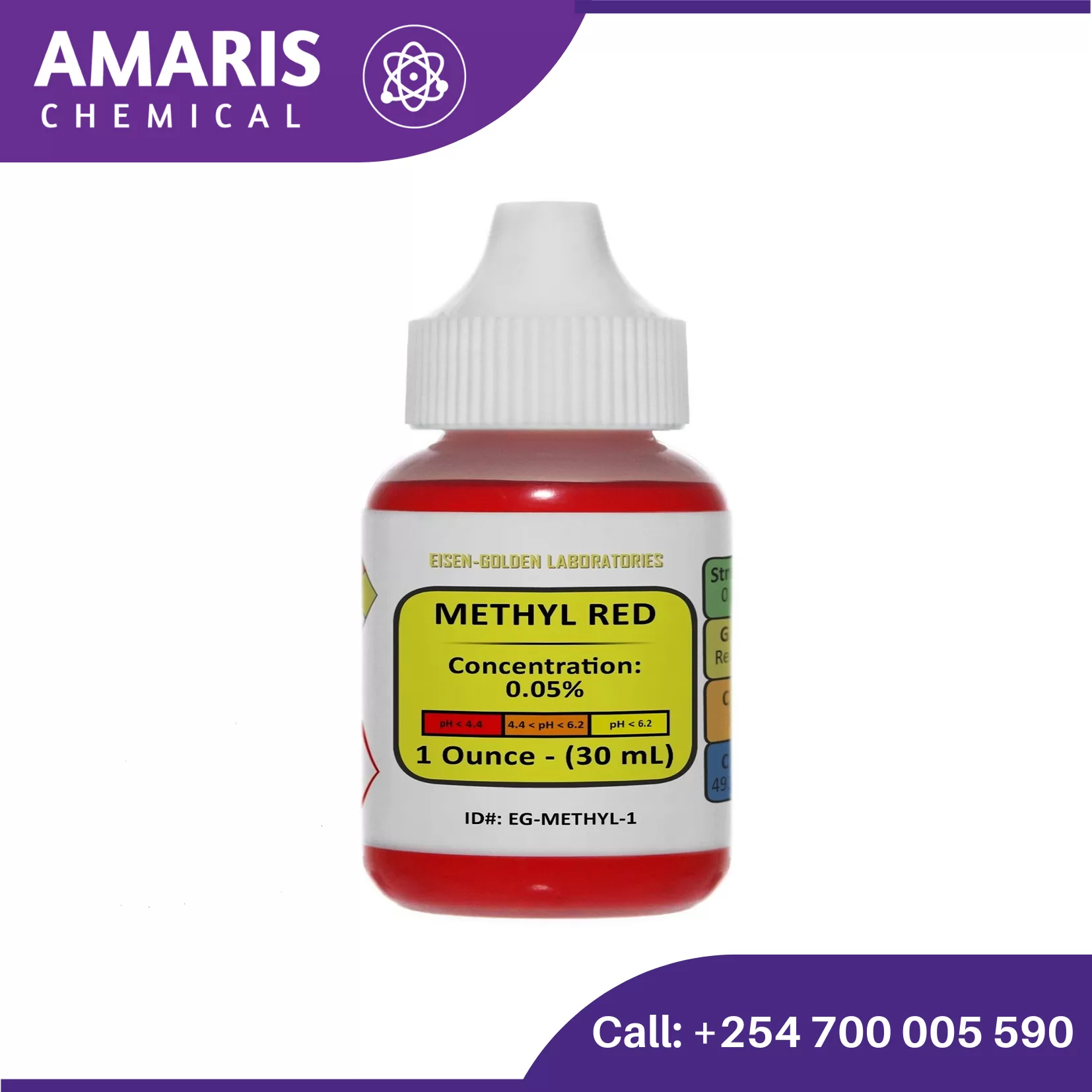
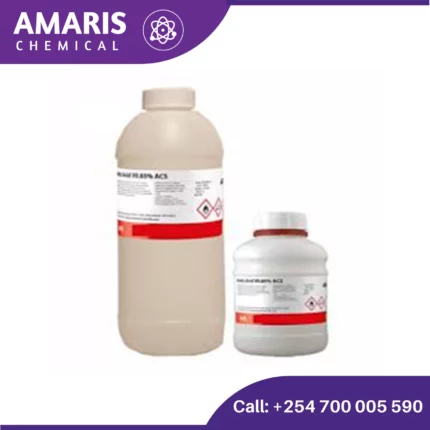
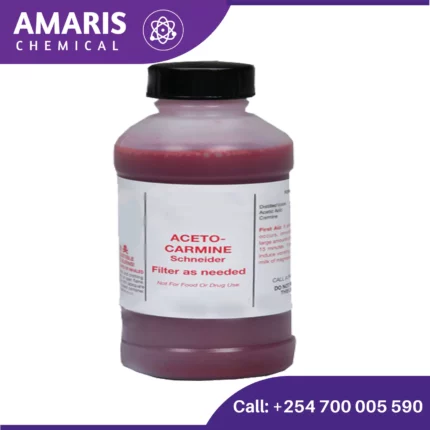

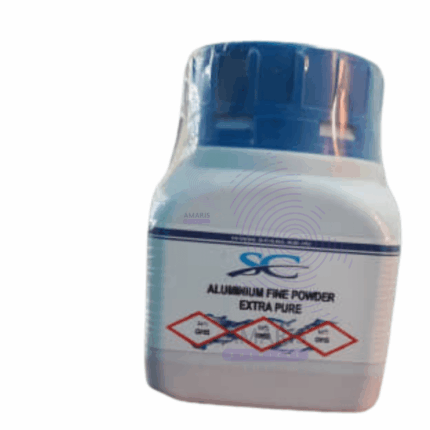

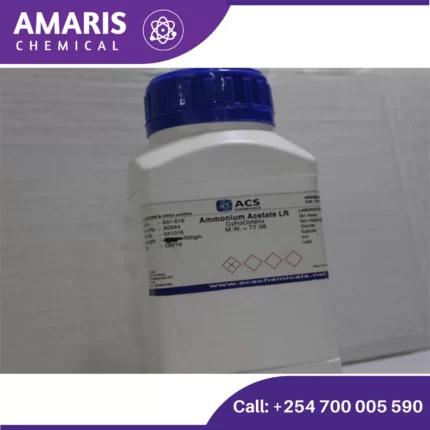
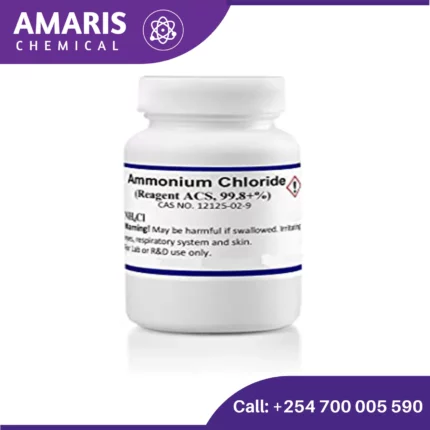
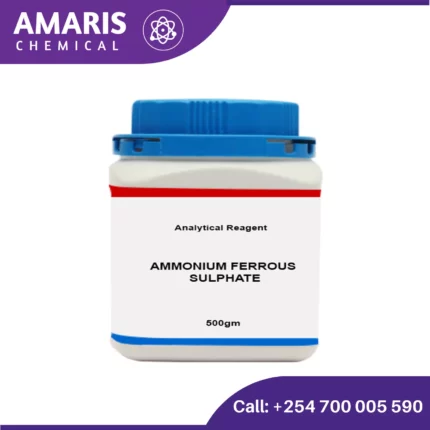
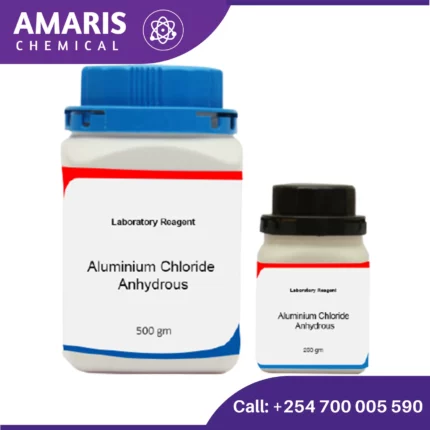













Reviews
There are no reviews yet.